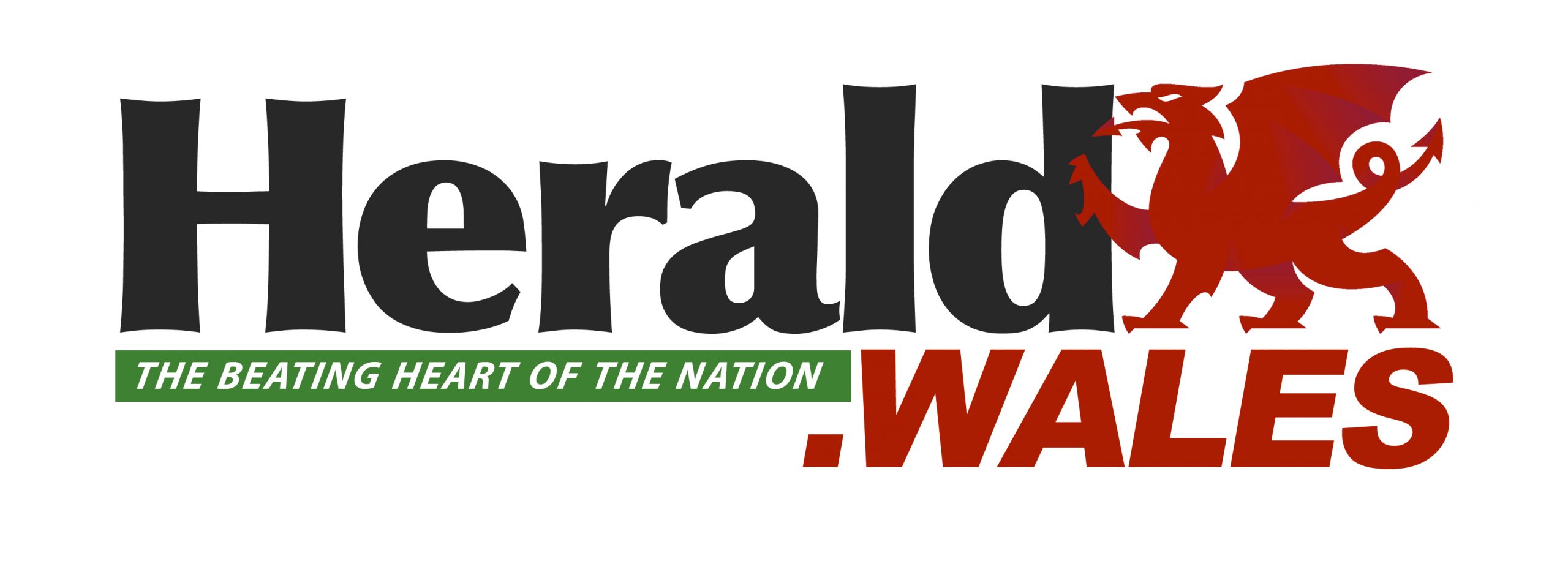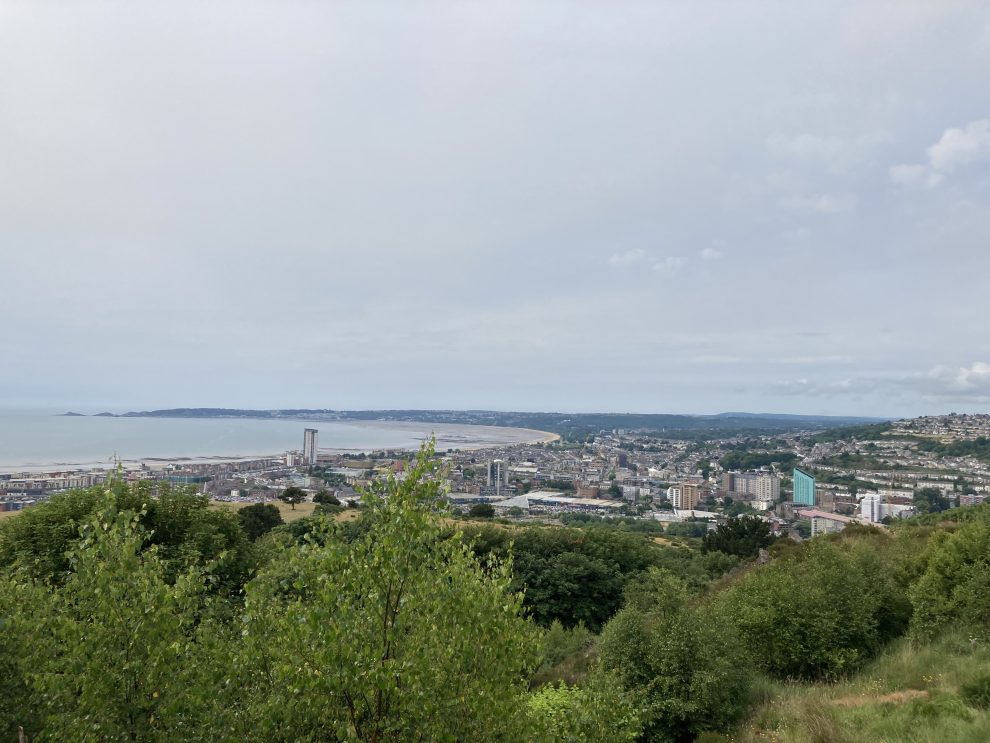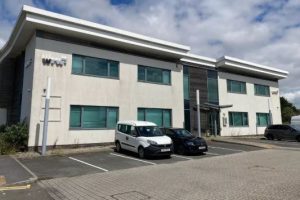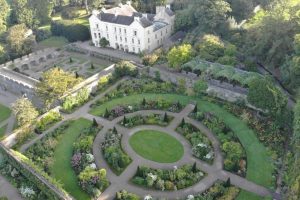LARGE areas of Swansea may look green and healthy but the number of species nestling in the trees, hedges, cliffs and sea appears to be in decline, in common with the rest of the UK.
A new plan has been approved which aims to reverse this trend and celebrate the county’s stunning range of woodland, heathland, wetland and coastal habitat, and the people trying to make it thrive.
The aim is to increase the proportion of land and intertidal areas which are effectively conserved and managed to 30% of Swansea’s total area by 2030. Doing so would strengthen Swansea’s “ecosystem resilience” – a term signifying species abundance and diversity. The local nature recovery action plan said 21% of the county currently comprised protected sites for nature conservation but that not all of them were in good condition.
It also said the exact state of nature in Swansea was unknown due to a lack of data, and that what was known painted a worrying picture.
“Diversity and abundance of species are declining, the majority of protected features are in unfavourable or unknown condition, and most of Swansea is of lower ecosystem resilience,” it said.
The plan said the biggest barriers to nature recovery were the spread of invasive species like Himalayan balsam, development-related habitat loss, and lack of habitat connectivity. Two other key factors have been a poor awareness generally about nature and a lack of long-term investment.
That’s not to say there aren’t some great nature conservation and restoration projects in Swansea. Last year 200 water voles were released into Oxwich national nature reserve, Gower, to re-establish populations of the native species. Highland cattle graze at Penllergare Valley Woods, Penllargaer, to help increase plant biodiversity, partly because they tend to eat lusher species which in turn helps other plants and flowers become established.
An amphibian and reptile group has been restoring ponds in Gower over the last decade, another group has restored 16 community orchards, while a proposal to re-establish a type of seagrass in north Gower called dwarf eelgrass is being explored. And thousands of people have learned about plants and animals at Swansea Community Farm, Fforestfach, over the years.
The council report said tree canopy covered an estimated 17% of Swansea, which is higher than the 13% UK average but well below the 31% global figure. Swansea, it added, had a variety of semi-natural woodland – some of it ancient – helping to support birds, bats and dormice.
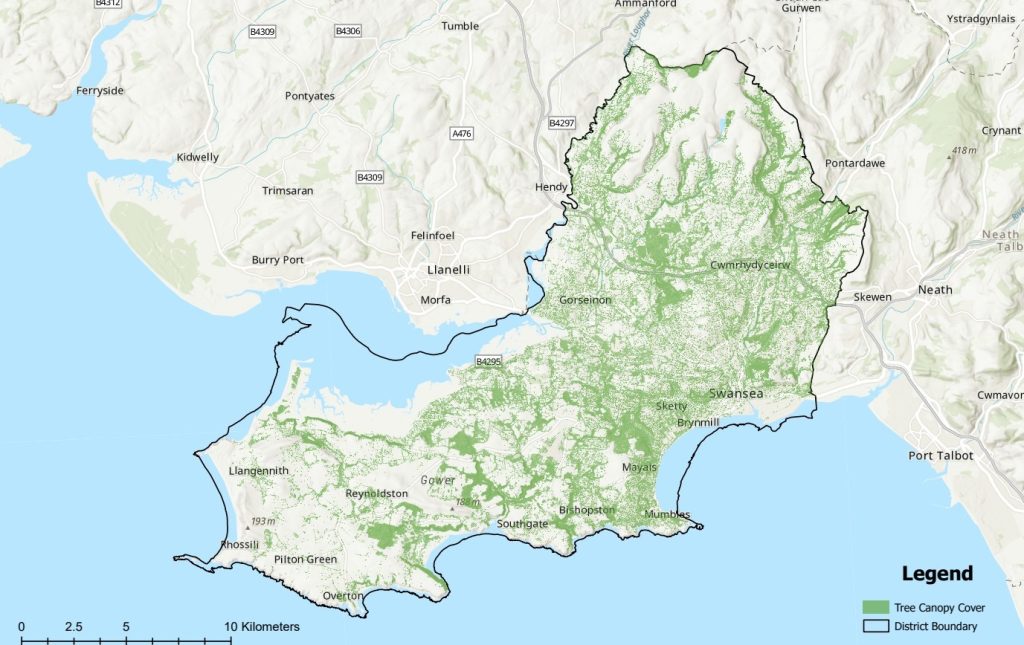
Cabinet approved the action plan at a meeting on October 19, saying everyone had a role to play. The plan has 50-plus member groups, 25 action themes based around six wider objectives, and is being supported by £1.2 million of Welsh Government funding over two years.
Cllr Louise Gibbard said of the report: “It’s got some very concerning statistics in terms of declining nature, but it’s lovely to see the variety of habitats. We should be really proud of that.”
Cllr Alyson Anthony said often people didn’t know what was on their doorstep in terms of nature and that she would like to see the plan, with its many graphs, photos and examples of conservation projects, rolled out to schools and the wider public. “I know lots of lots of people would be interested in reading this,” she said.
Cllr David Hopkins said reports would be brought back to cabinet in the future to examine the plan’s success.
The document also includes ways people can help nature recover, such as reducing lawn mowing to encourage wildflowers and pollinators, planting shrubs or climbers, and installing a bird or bat box. If you have space, a garden pond will attract a variety of wildlife.
Cutting food waste, ensuring you recycle as much as possible, and choosing meat with a lower carbon footprint are also encouraged.
“The more people know about the nature around them, the more they might care and take action to ensure its recovery, so shout about the nature in your community,” it said.


